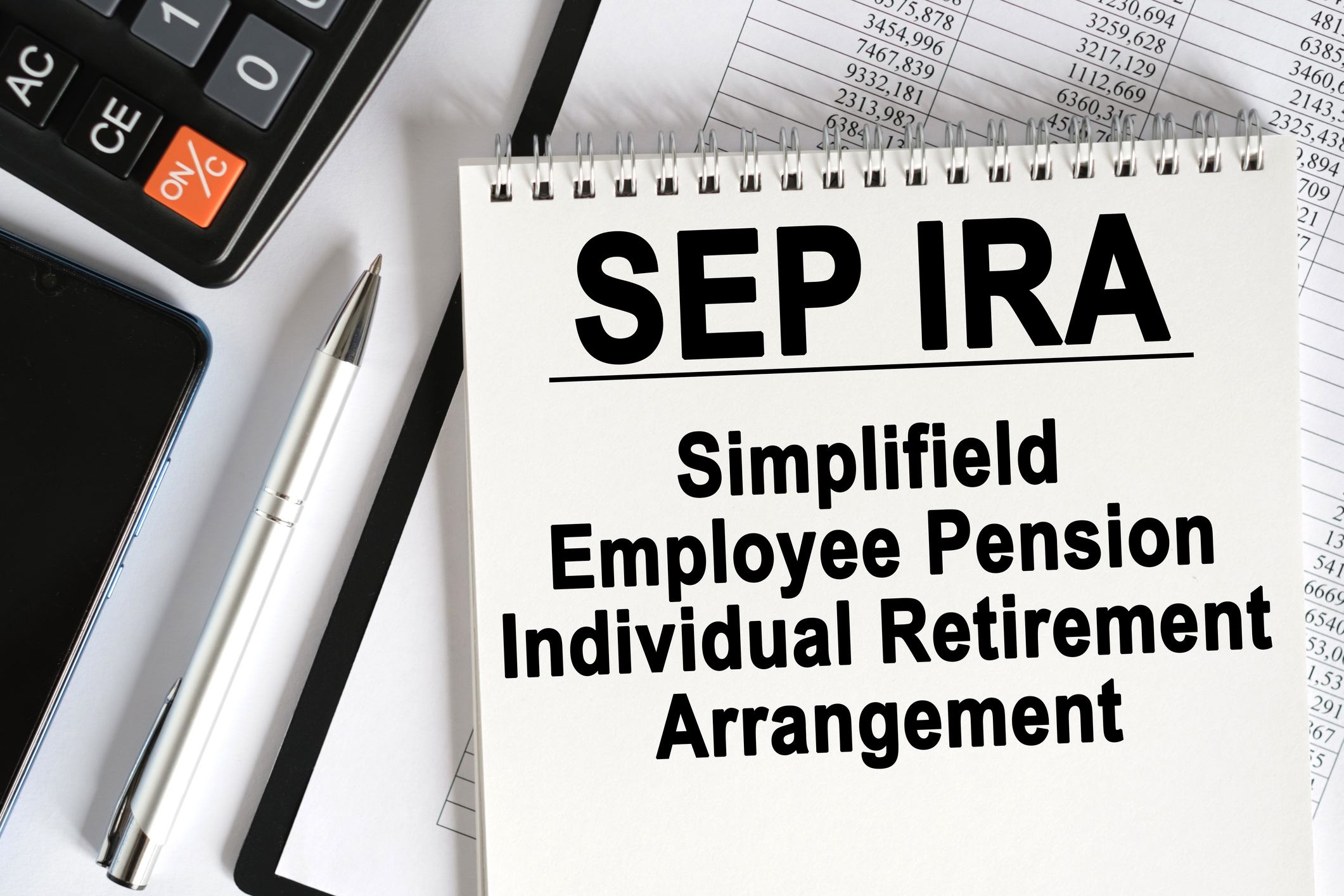Delaying Social Security Boosts the Value of COLAs
Wait to take benefits until age 70 and you will get eight years of compounded cost-of-living adjustments on your full retirement age benefit.


Trying to decide when to claim your Social Security benefit? Here's an added incentive for delaying: Cost-of-living adjustments (COLAs) start pumping up your benefit at age 62, even if you don't claim your benefit until much later.
You probably already know that you'll take a permanent cut if you claim benefits before your full retirement age (66 if you're born between 1943 and 1954). And you'll get an 8% credit for each year you delay from full retirement age to age 70. That means someone due a full benefit of $2,000 will get $1,500 if she claims at 62 and $2,640 if she holds off until 70.
And if there's any inflation between the time when you become eligible at age 62 and age 66, your full benefit will be more than the $2,000 in this example. Here's an illustration from William Reichenstein, principal of consulting firm Social Security Solutions, based on these benefits and an assumption of annual 3% compounded COLAs.
From just $107.88 $24.99 for Kiplinger Personal Finance
Become a smarter, better informed investor. Subscribe from just $107.88 $24.99, plus get up to 4 Special Issues

Sign up for Kiplinger’s Free Newsletters
Profit and prosper with the best of expert advice on investing, taxes, retirement, personal finance and more - straight to your e-mail.
Profit and prosper with the best of expert advice - straight to your e-mail.
Assume the beneficiary claims at 62. At 66, her monthly benefit would climb to $1,688, thanks to four years of compounding adjustments. At age 70, four more COLAs would push the benefit to $1,900.
What happens if this person waits until age 66 to claim benefits? Her first check would be for $2,251 rather than $2,000, thanks to the four years of 3% COLAs that began compounding at age 62. The adjustments would be calculated on the full $2,000 benefit.
If the beneficiary delays past 66, she also gets a delayed retirement credit of 8%, which is applied to the COLA-adjusted benefit. For example, if she claims at 67, she would get $2,318, which includes five years of COLAs on her full benefit -- plus an 8% delayed retirement credit on the $2,318. That boosts her benefit to $2,503. (Delayed retirement credits don't compound.)
Assuming she delays until 70, she gets eight years of compounded COLAs based on her full $2,000 benefit -- bringing it to $2,533. And she would get four years of delayed credits calculated on the $2,533. Adding 32% ($810) to that amount would bring her monthly benefit at age 70 to $3,343.
Profit and prosper with the best of Kiplinger's advice on investing, taxes, retirement, personal finance and much more. Delivered daily. Enter your email in the box and click Sign Me Up.

-
 I'm want to give my 3 grandkids $5K each for Christmas.
I'm want to give my 3 grandkids $5K each for Christmas.You're comfortably retired and want to give your grandkids a big Christmas check, but their parents are worried they might spend it all. We ask the pros for help.
-
 If You're Not Doing Roth Conversions, You Need to Read This
If You're Not Doing Roth Conversions, You Need to Read ThisRoth conversions and other Roth strategies can be complex, but don't dismiss these tax planning tools outright. They could really work for you and your heirs.
-
 Could Traditional Retirement Expectations Be Killing Us?
Could Traditional Retirement Expectations Be Killing Us?A retirement psychologist makes the case: A fulfilling retirement begins with a blueprint for living, rather than simply the accumulation of a large nest egg.
-
 457 Plan Contribution Limits for 2026
457 Plan Contribution Limits for 2026Retirement plans There are higher 457 plan contribution limits in 2026. That's good news for state and local government employees.
-
 Medicare Basics: 12 Things You Need to Know
Medicare Basics: 12 Things You Need to KnowMedicare There's Medicare Part A, Part B, Part D, Medigap plans, Medicare Advantage plans and so on. We sort out the confusion about signing up for Medicare — and much more.
-
 The Seven Worst Assets to Leave Your Kids or Grandkids
The Seven Worst Assets to Leave Your Kids or Grandkidsinheritance Leaving these assets to your loved ones may be more trouble than it’s worth. Here's how to avoid adding to their grief after you're gone.
-
 SEP IRA Contribution Limits for 2026
SEP IRA Contribution Limits for 2026SEP IRA A good option for small business owners, SEP IRAs allow individual annual contributions of as much as $70,000 in 2025, and up to $72,000 in 2026.
-
 Roth IRA Contribution Limits for 2026
Roth IRA Contribution Limits for 2026Roth IRAs Roth IRAs allow you to save for retirement with after-tax dollars while you're working, and then withdraw those contributions and earnings tax-free when you retire. Here's a look at 2026 limits and income-based phaseouts.
-
 SIMPLE IRA Contribution Limits for 2026
SIMPLE IRA Contribution Limits for 2026simple IRA For 2026, the SIMPLE IRA contribution limit rises to $17,000, with a $4,000 catch-up for those 50 and over, totaling $21,000.
-
 457 Contribution Limits for 2024
457 Contribution Limits for 2024retirement plans State and local government workers can contribute more to their 457 plans in 2024 than in 2023.
-
 Roth 401(k) Contribution Limits for 2026
Roth 401(k) Contribution Limits for 2026retirement plans The Roth 401(k) contribution limit for 2026 has increased, and workers who are 50 and older can save even more.